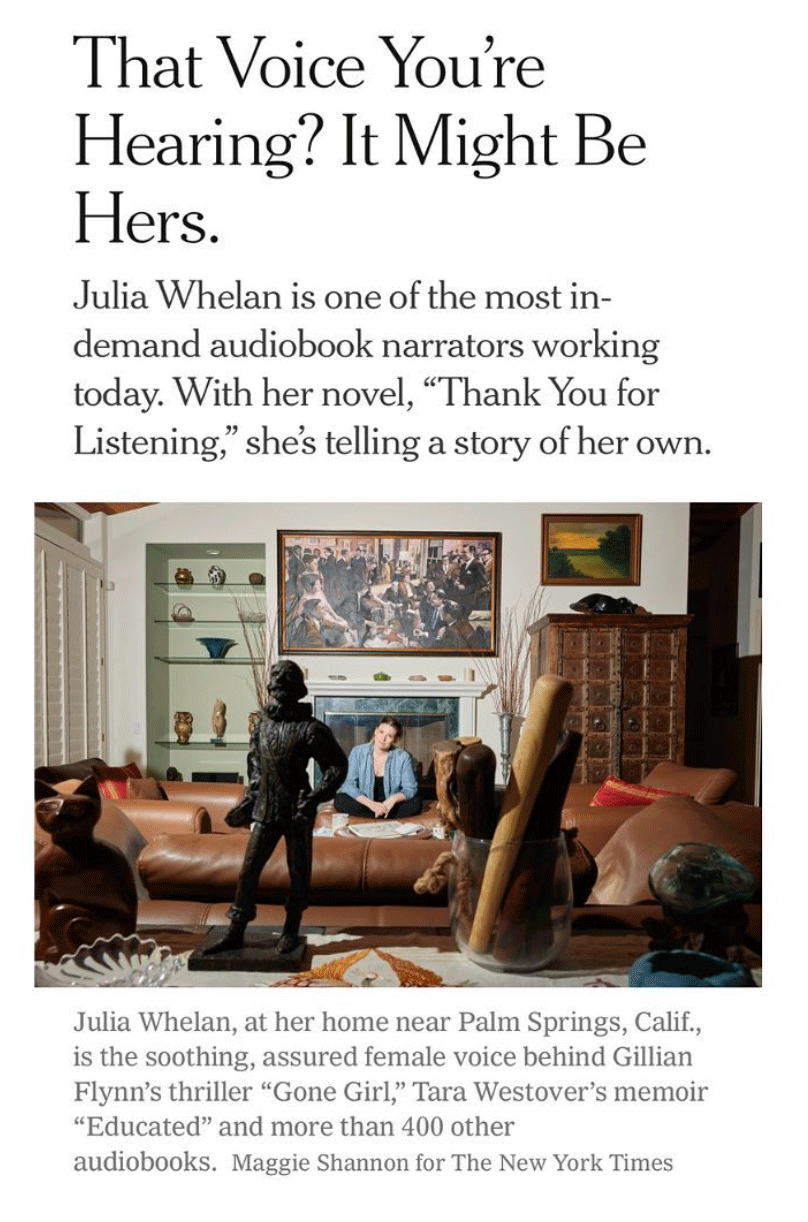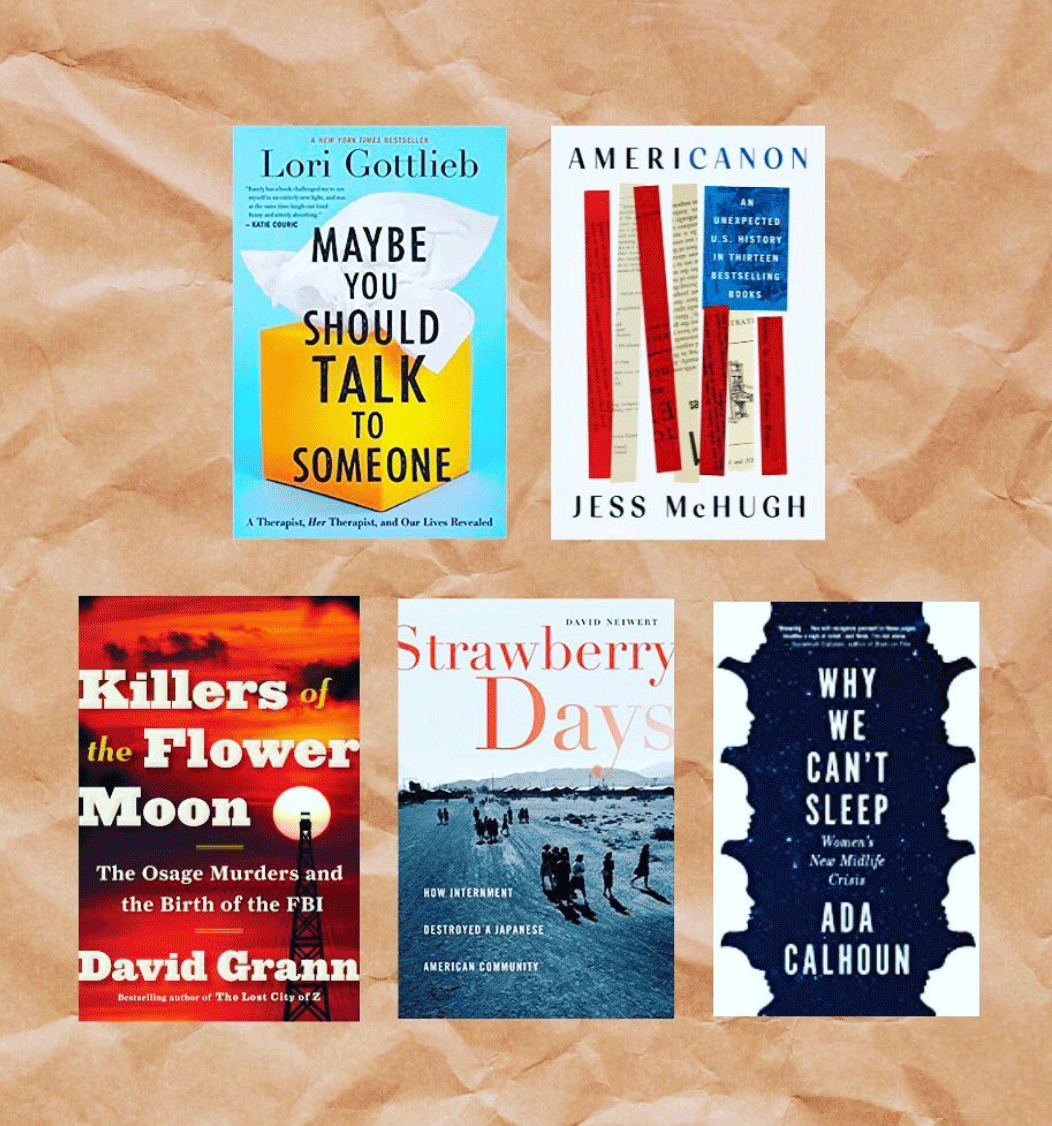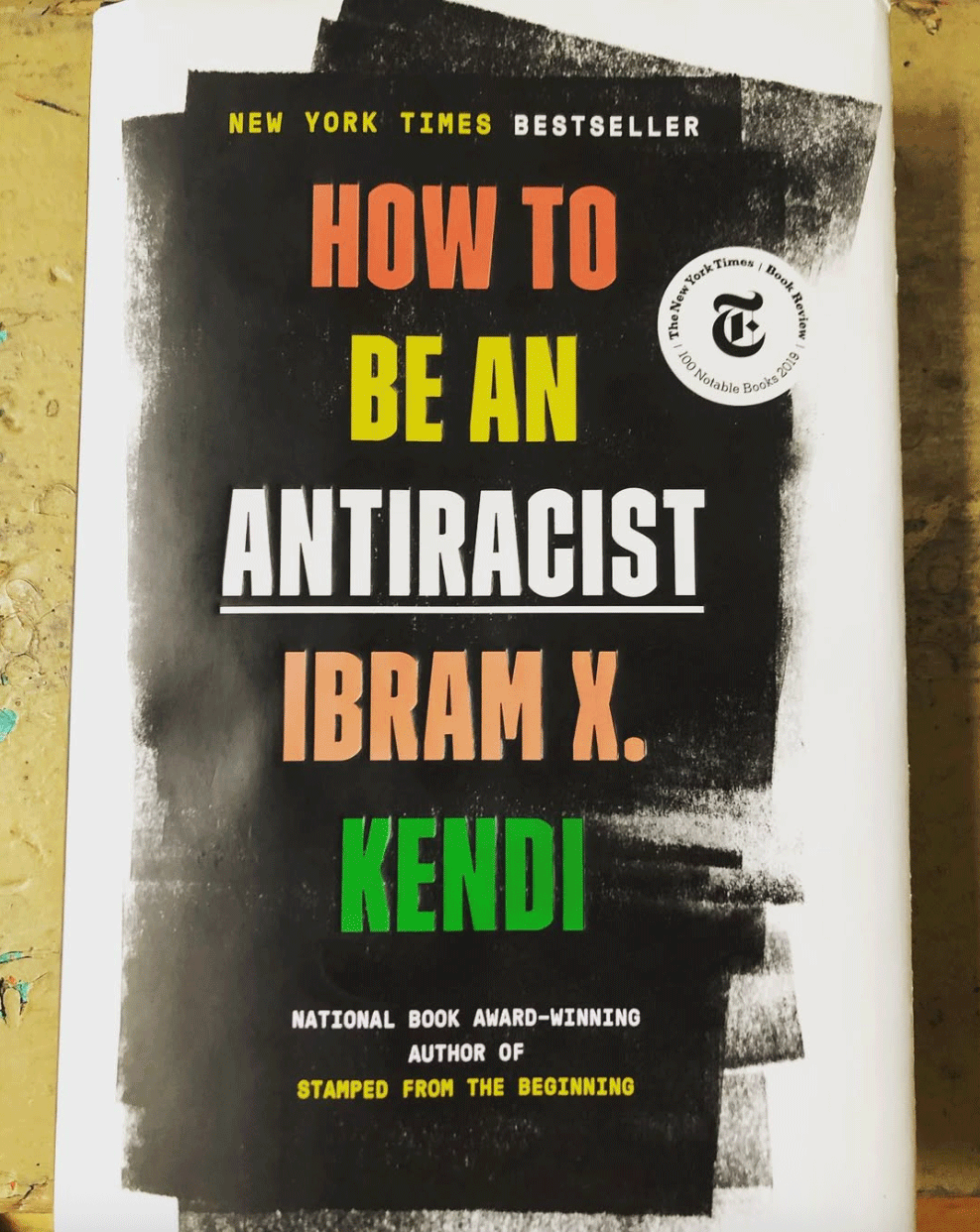
READ ALL ABOUT IT
Since 2012, I’ve been writing about books. And the act of reading. And the importance of story and narrative. But, mostly, the underlying theme of all I write is how taking a moment to stop and digest some longform text — instead of scrolling, instead of watching a video, instead of multitasking — can be one of the most grounding things we can do for ourselves. Here’s the one-stop online home for all this writing.
You can read more about me and my work by moseying over here. Want to peruse periodic “essay drops” — excerpts from my work-in-progress essay collection about Homesickness? Here ya go.

Stay True, Between Two Kingdoms, Group Living, American Bulk
Here’s Part 3 (of 4?) of a roundup of nonfiction I’ve read lately. Some of these I’ve read with an eye toward my own writing (style, subject, etc.), some were just for fun.

A Beautifully Furnished House
Two days wandering New Orleans, and I think this is my favorite picture? (Ok, that’s not totally true…so many bright, beautiful, and interesting things to see!)
But 2 days wandering New Orleans = 3 bookshops visited. I try really hard to not buy new (meaning new releases) books these days. (This is why I currently have 20 books out from the library. OMG.) But I do like to support independent bookstores, so my new book-buying philosophy =

Love and Trouble, Monsters, House Lessons, The American Idea of Home
I’ve been meaning to do a roundup of nonfiction I’ve read in the last few months. Some of these books were read with the intent of observing format and style for my own writing, but the subject matter is fascinating too. So, win-win. (I mean, could you have an interestingly written book about something boring? Of course. But it wouldn’t come across as boring. Therein lies the quandary…)

Lessons in Chemistry and Easy Beauty
Everyone loves Lessons in Chemistry by Bonnie Garmus. What’s not to like? It’s entertaining, it’s charming with brisk storytelling, it addresses important topics. It’s pretty heavy-handed in that regard, but I wonder if that’s partly Garmus’ point since the characters’ one-dimensionality must be intentional. (I really do believe this has to be a stylistic choice on the author’s part.) I decided to read it sort of like a fable. Like how I think La La Land is a fable. (I am a huge La La Land fan! I wrote about it together with Milkman by Anna Burns back in 2019.)

Surrender
“A story line is everything.” – Bono, Surrender: 40 Songs, One Story.

Unaccompanied
Last month I was trying to read a memoir called Solito by Javier Zamora. It’s about the author’s solo journey as a child from El Salvador to the United States, where both of his parents were living.

Memoir as Fantasy
Hello. In case you weren’t aware, there is a new tell-all memoir out called Spare. Have you heard of it?

Julia Whelan is Reading to You
Audiobooks are big business. Unfortunately, I do not participate in this big business as I can’t bring myself to listen to books. This isn’t a purist thing, it’s a processing thing. For instance, I have very specific parameters for listening to podcasts: I cannot listen in the car if I’m the driver. Music only for my driving self, but I can listen and enjoy if I’m a passenger. I can listen with earbuds while I’m walking, but not running. I’ve never thought of myself as high maintenance, but maybe my ears prove otherwise.

Everything Sad is Untrue + Daylight Forever
We’re only three quarters of the way through 2022, but here are my “you NEED to read these” recommendations for the year..

Minor Feelings + Dictee
I love logic, facts, clear arguments. But when you’re exploring something that doesn’t fit in neat and tidy categories — such as, say, a person or an identity — simple and straightforward doesn’t necessarily work.

Broken Horses
When a book makes you homesick…

Homesick
Homesick is a memoir by the writer and translator Jennifer Croft. (She won the Man Booker International Prize in 2018 for her translation of Flights, by Olga Tokarczuk.) If I had to use just two words to review it I’d say, “Mic drop.” (Alternate reasoning: If I were Michael Scott and tasked with reviewing books.) I’m not trying to be glib, but if ever there were a time to use “mic drop” in full sincerity, it would be in reference to this book, a memoir/”real-life novel” with photographic elements. I’m truly amazed by it. (As is the pooch, apparently.)

On Homesickness
It’s a beautiful spring day in Boston. Finally! Finally? Everywhere I’ve lived, the air feels different and the seasons emerge differently, yet except for North Carolina — where we lived for five years — spring has never been an “early” season. So I don’t know why it continually surprises me when it shows itself so “late.”

So Much Nonfiction in 2022?
2022’s been shaping up to be my year of nonfiction. Normally I’d read maybe TWO nonfiction books a year, tops. But here I am clocking in at 5 so far. Wowee! In case you’re a fan of nonfiction, here’s what I’ve read:

Harlem Shuffle and Real Estate
Harlem Shuffle by Colson Whitehead is a heist novel. But heist stories are not my thing, so I’m billing this as a novel about real estate. Because it partly is. And because I read it in tandem with Real Estate, the third installment of Deborah Levy’s “A Living Autobiography” series.

In the Dream House
Memoirs: I typically don’t read them, but I just finished one. Introducing…In the Dream House by Carmen Maria Machado. (Introduction probably not needed for many of you bibliophiles.)

How to Be an Antiracist
Listen, there is *so much* info and analysis out there about Ibram X. Kendi’s book How to Be an Antiracist. There’s praise, there’s criticism…you can find (and then digest) that all for yourself. What I want to talk about, though, is how skilled Kendi is at presenting a new idea, albeit one that *seems* so subtle that you might think he’s merely parsing words.

Fact or Fiction: On The Stone Diaries, The Body Papers & Investigating a Life
I just Googled “fiction versus memoir,” even though I know the difference – and I suspect that you do too. My search results yielded the following top result: “Memoir or Novel? How to Decide.” It’s from a random literary agency that hosts an accompanying blog full of tips for would-be authors, and this was one of its posts. I admit to being a little baffled because I always assume that writers sort of know what genre they want to tackle. Do you want to make up a story or not? Ok, ok, I’ll concede that maybe at the beginning of one’s writing days, a little waffling may present itself. Writer: “I have a message I want to convey, but I’m not sure how.” But otherwise, “fake news” notwithstanding, we have FACT and we have FICTION. They’re different, right?

My Top 12 of 2018 aka How to Set Some Reading Goals
The major publications have already released their “best of” book lists for the year. But nope, at A Lifely Read, I like to push it to the very, very end. Major newspapers/magazines/websites have a reason for pushing their lists a bit early: No new books are being released at the end of the year and publishers want people to buy books for the holidays. (Did you see the article about printing issues that “derailed” holiday book sales?)

Where the Streets Usually Have Names: On Maps, The Hate U Give, and An American Childhood
“The setting of our urgent lives is an intricate maze whose blind corridors we learn one by one—village street, ocean vessel, forested slope—without remembering how or where they connect in space.” – Annie Dillard, An American Childhood

